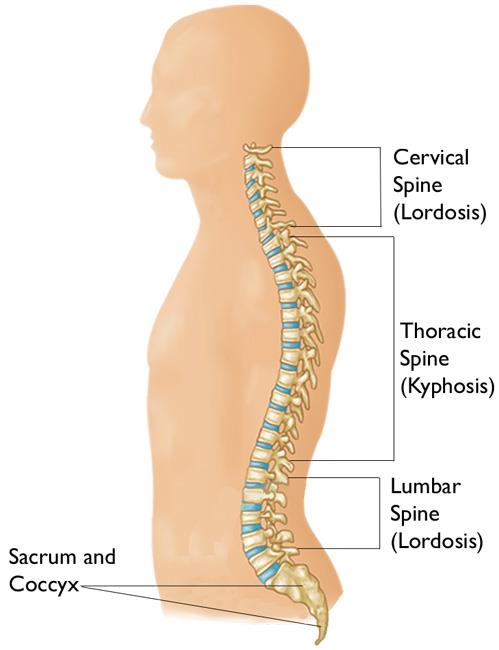Yes, you’re supposed to “sit back on all your butts” as the German Riding Master clinician we occasionally have at our barn puts it. Why am I “obsessed” with pelvic tilt? Because our muscles are a chain and one part out of whack leads to more parts even more out of whack. Too big a pelvic tilt in either direction is considered an orthopedic pathology. And for good reason.
Nuno & others of that school do more than sit on their butts. They actually tuck their pelvis under. (I’ve had a trainer cue it as "Point your sitz bones towards the pommel.) Doing so is not particularly great for men for various reasons; including the thoracic lordorsis, weak abs, and weak lower back it frequently causes. However, it’s particularly nasty for women because our coccyx points backward & can flex. So, as we attempt to point our sitz bones forward, the coccyx does not follow and is forced to flex to accommodate the sitz bones continue forward. . This can destabilize the entire sacrum & lead to major SI issues. And hip, knees, and even jaw pain. If you delve into my post history, you will find numerous instances of me critiquing the opposite – the butt out hunter perch. Including me telling my child’s coach – no, we won’t be doing that, I’d like for her to make it into her 20’s without needing knee surgery – in response to coach cueing “arch your back, stick your butt out, and heels doooown”.
A good dressage rider, good jumper, and even good jockey all have virtually the same alignment. Who do I think has a good position? Felicitas von Neumann-Cosel is about damn near close to perfection in my book as anyone I’ve ever seen. Coincidentally, she works with a lot of Luisitanos. I took a screen shot of Boyd Martin a while back where he & the horse were so damn near perfectly in synch it was crazy, despite it being towards the end of a CCI***** X-country course. I’ll see if I still have it. Lots of folks ride in ways that (imo) adhere to correct sports biomechanics. I wouldn’t be able to describe what is and is not correct to my eye otherwise. I have opinions regarding the effects on the horse as well. I won’t go into those because the focus is on the human half here.
@Scribbler, I know. I’ve ridden almost exclusively dressage for the past few years. The heel is supposed to be nearly level or slightly lower. Nuno is literally pointing his toes down. It might’ve worked for him. Sure doesn’t work for NP, WF, Karen, or the rest of the A2A crew.

 ) My other questions: the rider’s line of energy in all of those videos dies before it gets to their legs. Where is that energy going, then? It has to go somewhere. Is an absolutely still seat to be prioritized over all else? Can all of these riders effectively ride through a sudden, violent motion from the horse? (WF absolutely could not in the video upthread.) Do “lightness” and balance alone build a strong, correctly developed & conditioned horse? Is my balance predicated on imposing on the horse to alter his healthiest way of going to balance me?
) My other questions: the rider’s line of energy in all of those videos dies before it gets to their legs. Where is that energy going, then? It has to go somewhere. Is an absolutely still seat to be prioritized over all else? Can all of these riders effectively ride through a sudden, violent motion from the horse? (WF absolutely could not in the video upthread.) Do “lightness” and balance alone build a strong, correctly developed & conditioned horse? Is my balance predicated on imposing on the horse to alter his healthiest way of going to balance me?


